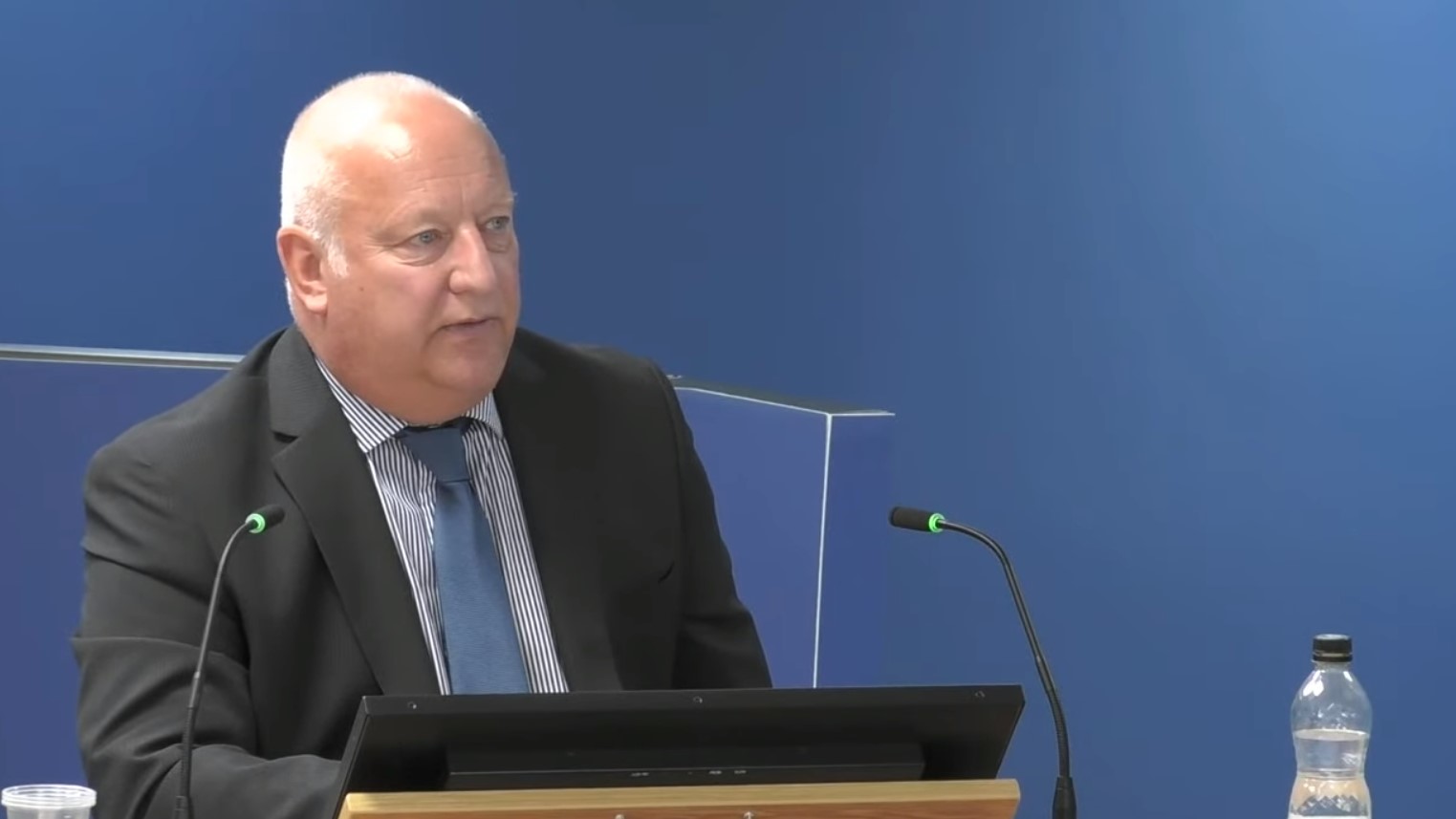
The fire risk assessor who was hired to check the safety of Grenfell Tower added post-nominals to his name that suggested he held professional registrations that he either did not have or did not exist, the Grenfell Tower Inquiry has heard.
Appearing before the Inquiry yesterday (25 May), former firefighter Carl Stokes was asked by lead counsel to the Inquiry Richard Millett QC about the statement of qualifications he provided to the Kensington and Chelsea tenant management organisation (TMO) as part of his tender for the work.
The statement read: “Mr C Stokes, ACIArb, FPA Dip FP (Europe), Fire Eng (FPA), NEBOSH, FIA BS 5839 System Designer, Competent Engineer BS 5266, IFE Assessor/Auditor (FSO).”
Stokes also claimed to have 19 years’ fire safety experience with the local fire authority in enforcement and auditing roles, as well as three years’ experience as a fire risk assessor.
But Stokes agreed with Millett during the hearing that he was not in fact a qualified fire engineer, despite the fact that the post-nominal “Fire Eng (FPA)” – which does not exist as a post-nominal – suggested that he might be.
Stokes also agreed that “NEBOSH” and “FIA BS 5839 System Designer, Competent Engineer BS 5839” were not post-nominals recognised by a professional body but in fact industry courses that he had attended.
Meanwhile Millett suggested “IFE Assessor/Auditor (FSO)” would give the impression that Stokes was registered with the Institution of Fire Engineers. In fact, while Stokes had undertaken an IFE course, he was not registered with the IFE and nor had he applied to do so.
The post-nominal “ACIArb” indicated that Stokes was an associate of the Chartered Institute of Arbitrators but Millett suggested that this had no bearing on his role as a fire risk assessor. Stokes said: “Yes, I think it does, because you have to negotiate between builders, the client, as the risk assessor finds out information on the building.”
Stokes said that the letters he used after his name in his statement to the TMO were “never meant to be post-nominals” and that he hadn’t intended to deceive the TMO.
He said: “In hindsight, looking at this, this could have been worded a lot better. I had to look up what the word post−nominals actually meant. These were designed to show courses and competence and training courses passed, as required by the Fire Safety Order.”
‘Cut and paste’ reports
Stokes carried out a total of five fire risk assessments for the TMO on Grenfell Tower between 2010 and 2017 – a period which spanned the tower’s refurbishment and its completion.
He was tasked with inspecting the communal areas of the buildings, including the examination of communal fire doors, means of escape, and emergency lighting and flat entrance doors. However, he contended that he was not responsible for inspecting the external walls of the building or the cladding.
The Inquiry heard that Stokes would charge £410 plus VAT for every new fire risk assessment (FRA) and £320 plus VAT for an FRA review.
He agreed that when he drafted a review, he would cut and paste from a previous version provided nothing had changed.
But Millett highlighted examples where Stokes appeared to have cut and paste material from other FRAs of other buildings. He produced an example of the 2016 FRA Stokes had conducted at Grenfell Tower which referred to balconies, despite the fact that Grenfell Tower did not have any balconies. The FRA also referred to pigeon netting covering some balconies, which also did not exist.
Millett said: “That’s a slam dunk isn’t it, cut and paste from another building?”
Stokes said: “Yes. I should have altered that to balconies at the back and the roof level.”
The Inquiry continues.










